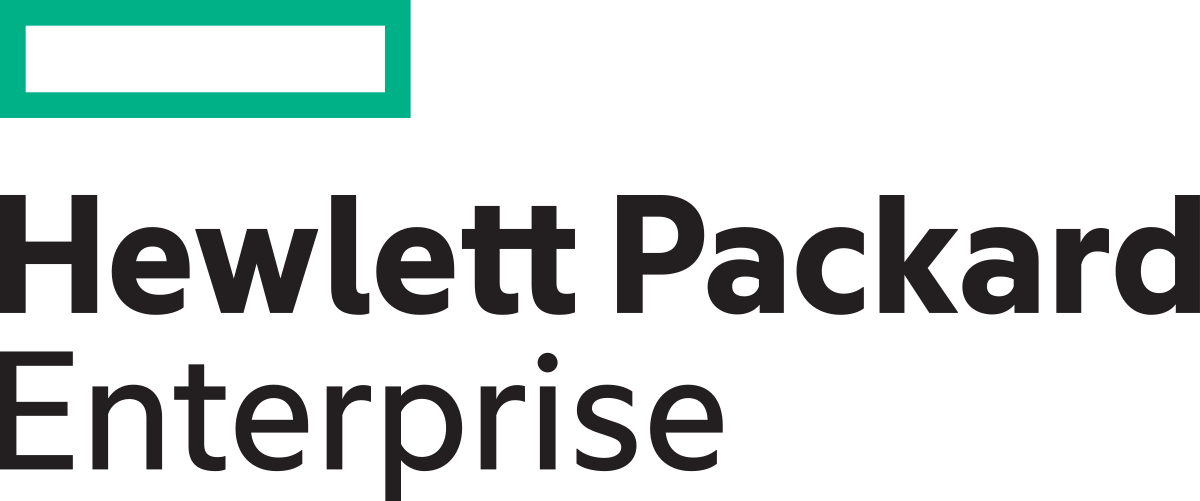The Importance of Flash Storage in a Hybrid IT World
It is possible that a significant number of people reading this piece may find themselves confused, or at least intrigued, by its title: “The Importance of Flash Storage in a Hybrid IT World.” Might it be that two separate white papers have been inadvertently muddled and integrated? After all, "hybrid IT" is about a sweeping strategic trend for the industry, whereas "flash storage" seems prosaically tactical. Also, while neither item is a market per se—flash is a storage media and hybrid IT is essentially a delivery and consumption construct—nonetheless there are absolute, direct, and valuable connections between the two that categorically need to be exposed, understood, and evaluated by any organization that is seeking to optimize itself...whether that optimization is from any mix of multiple perspectives—operations, applications, and finances.
The logical rush to hybrid IT as a norm is helped by its breadth; the term can be used to embrace everything from convergence and software-defined systems through to rampant expectations and new applications. It is that very range, however–which is brought into sharper focus by such over-arching practical demands as security needs, service levels, and cost constraints—that is helping to drive the rapid adoption and deployment of flash storage. Simply put, a flash storage foundation along with cloud-connected data movers can in many cases overcome some of the perceived gaps of a public cloud while also delivering the provisioning speed and agility benefits typically associated with the public cloud. This is precisely why flash is a key element in the toolkit for business and IT operations professionals evaluating the right mix of on-premises and off-premises data services within their hybrid IT initiatives.

